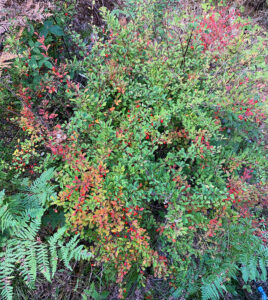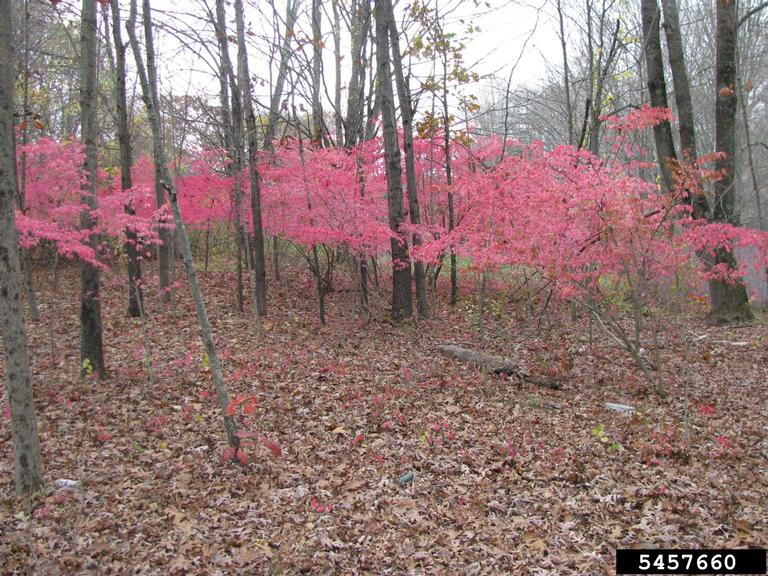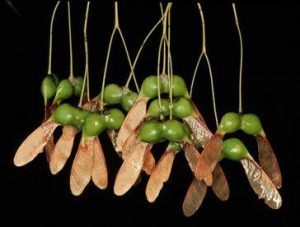By Jeremiah Auer, Wisconsin DNR forest regeneration specialist, (715) 459-1999, Jeremiah.Auer@wisconsin.gov
The Wisconsin state nurseries have been producing seedlings since 1911. In that time, there have been many changes in personnel, growing techniques and distribution methods. However, something that has remained constant is the source of those seedlings: Wisconsin seeds.
The vast majority of seedlings produced at the Wisconsin state nurseries originate from seed collected from native trees. From the tiny, pepper-like seed of aspen to the large, husky black walnut, the DNR reforestation staff at the nurseries collects, cleans and stores hundreds of pounds of more than 30 varieties of native tree and shrub seed every year.
While we are able to satisfy some of our needs, we rely on members of the public to collect for us as well. For those interested in becoming seed collectors, we publish a newsletter every fall. Information on seed collection and the 2018 Seed Collector’s Newsletter can be found on the DNR website.
Our staff is always available to answer questions about seed collection or any other reforestation topic.
So, if you are looking for a fun activity for yourself or your family this fall, why not spend some time helping the Wisconsin reforestation team fill our seed coffers.





 Learn more here …
Learn more here …